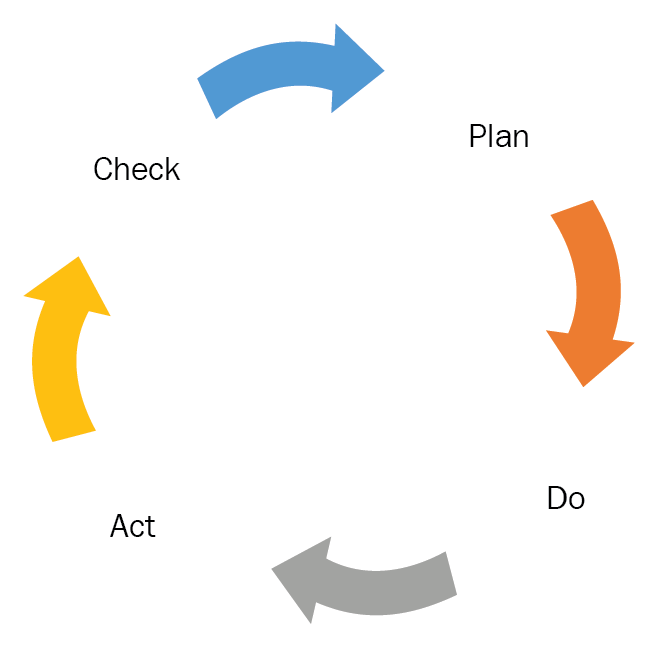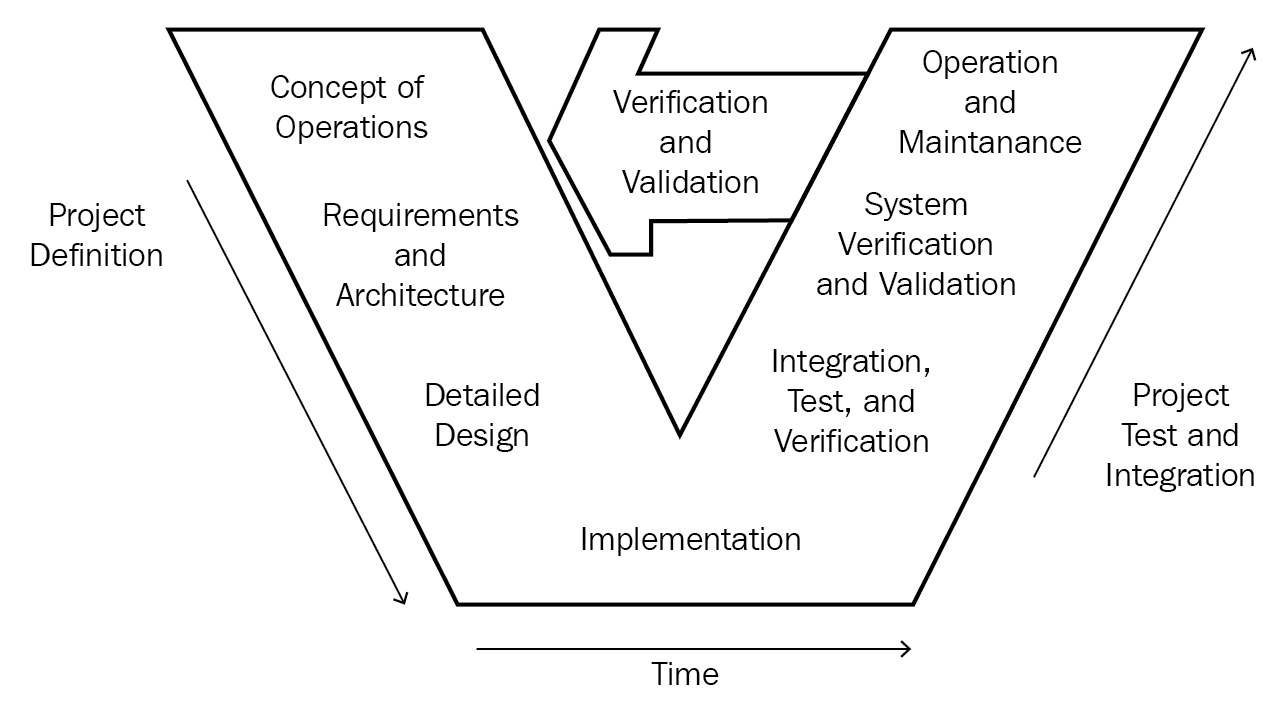A virtualization project is like every other business-related process and should follow a set of proven methodologies and a flow to manage it in the right way. In each methodology, the first step is the planning and designing part, where you must define your objectives and how to reach them properly. There are several methodologies and approaches for managing the life cycle of a product or process, but for a virtualization project, we could consider the typical plan-do-check-act (PDCA) workflow, which is based on the following four main steps:
- Plan: This phase establishes the objectives and processes necessary to deliver all of the results in accordance with the expected business requirements. In this phase, you will also produce a design for the solution.
- Do: This is the implementation phase, according to the previous plan and is usually on a subset of the environment or using a Proof of Concept (PoC).
- Check: This phase will study the results obtained in the previous phase and compare them against the expected results in order to validate the design and improve or correct it, if needed.
- Act: In this phase, with the results of previous phases, the final implementation is executed and, if needed, the cycle could be reiterated, normally before the end of the lifetime of the assets, or periodically to revalidate or improve the infrastructure:

This approach works well for new projects on new products and technologies (at least for the customer), where a PoC might be mandatory to understand the proposed solution and verify it with all the requirements. But for virtualization projects that are a decade from mainstream, it’s easy to define the expected results and the execution plan.
For this reason, a simpler workflow is usually used, based on some expected results using a well-proven technology and some recommended guidelines and design methodologies. Following a well-proven design methodology is probably the most efficient way to conduct a design and deploy virtual infrastructure in a repeatable and predictable way. In this chapter, we will discuss some of those methodologies and some design patterns.
VMware’s solutions partners can also access the Solution Enablement Toolkits (SETs) resources that package VMware services, sales, and marketing Intellectual Property (IP) in a common set of tools, templates, and documents. The purpose is to enable partners to capitalize on different technologies, such as the software-defined data center (SDDC), End-User Computing (EUC), and Cloud services. SETs are available in the partner central. For vSphere projects, there are the virtualization design and deploy, the virtualization design, and the vSphere upgrade kits, but there are also kits in case more VMware products are included in the same project.
One interesting source of usable methodologies is VMware’s official course vSphere: Design Workshop [V6.5] (already updated for version 6.5) which can be found at https://mylearn.vmware.com/mgrReg/courses.cfm?ui=www_edu&a=one&id_subject=79170. The design process used is based on the V-model of systems engineering and verification. The foundation of the process is a thorough set of business and technical requirements:

This model is redefined for virtualization projects with the following phases:
- Assess: This phase involves defining the scope of the project and gathering all the required data for the design - not only technical data, but also data to understand customer needs and business requirements to define all project specifics.
- Design: In this phase, using the information gathered in the previous phase, it is possible to define a solution to meet all the requirements. This must consider the organization's goals, requirements, and constraints, as well as their best or recommended practices.
- Deploy: During this phase, the production environment is built and configured according to the design documents. Also, this phase can have changes and iterations.
- Validate: In this phase, after the solution is deployed, some tests are conducted to verify that the solution matches the design specifications, in order to validate that the solution will behave as required. This phase might be iterative if it requires additional changes to resolve configuration issues and other concerns.

For a successful project, it is extremely important to understand each phase and the relationship between each phase.
For a project to be successful, you need to have customer involvement during all phases; of course, with different types of people during the different phases. For the assess and design phases, stakeholders should be involved to provide appropriate input into the design process. For the deploy and validate phases, you need the customer’s operators and administrators (in all the technologies involved in the project) in order to understand the new technology and operational changes that will be needed.
Other phases, like the initial assessment and the design of the solution, will be discussed in the next chapters.
